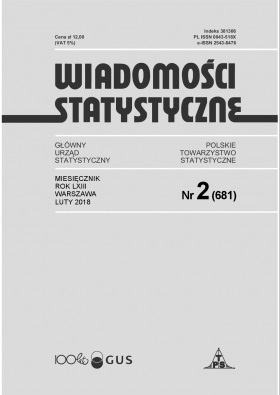(A)symetryczne szoki popytowe i podażowe w krajach Europy Środkowo-Wschodniej
(A)symmetrical supply and demand shocks in Central and Eastern European countries
Author(s): Katarzyna PiłatSubject(s): Socio-Economic Research
Published by: Główny Urząd Statystyczny
Keywords: European monetary integration; optimum currency area theory; synchronization of economic shocks
Summary/Abstract: The aim of the paper is to examine the similarity of responses of the economies of Central and Eastern Europe countries to the shocks in euro area and response observed in the group of countries that adopted common currency. The study used time series of quarterly GDP values and inflation rate. Data were extracted from the Eurostat database for the period from 1st quarter 1998 to 1st quarter 2014. The methodology of the research was based on a structural model of vector autoregression (SVAR) and shock decomposition was carried out using the Blanchard and Quah approach. The results obtained show a relatively strong correlation between the responses of the examined countries and the euro area to demand disturbances, with the highest coefficients for the Czech Republic and Poland. In the case of supply shocks, the correlation coefficients achieved a lower level, while the best adjustment of the response to the euro area disturbances was observed in Poland and Hungary.
Journal: Wiadomości Statystyczne. The Polish Statistician
- Issue Year: 63/2018
- Issue No: 02
- Page Range: 7-20
- Page Count: 14
- Language: Polish

